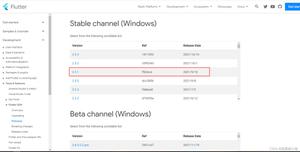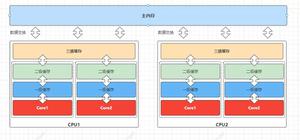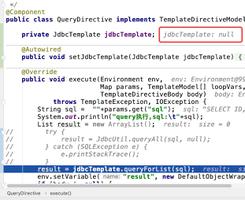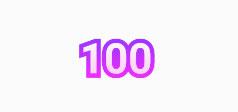Flutter setState更改,但不重新呈现
我创建了一个简单的屏幕,该屏幕接受字母列表并将其呈现在网格中。我有一个带随机播放方法的按钮,可以随机播放此列表。在我的构建方法中,我看到状态正在用新列表更新,并且每次按下按钮时都会打印出随机排列的列表,但是屏幕没有变化。
class _LetterContainerState extends State<LetterContainer> { List<String> _letters = ['D', 'A', 'B', 'C', 'E', 'F', 'G', 'H'];
void shuffle() {
var random = new Random();
List<String> newLetters = _letters;
for (var i = newLetters.length - 1; i > 0; i--) {
var n = random.nextInt(i + 1);
var temp = newLetters[i];
newLetters[i] = newLetters[n];
newLetters[n] = temp;
}
setState(() {
_letters = newLetters;
});
}
@override
Widget build(BuildContext context) {
print('LETTERS');
print(_letters);
List<LetterTile> letterTiles =
_letters.map<LetterTile>((letter) => new LetterTile(letter)).toList();
return new Column(
children: <Widget>[
new FlatButton(onPressed: shuffle, child: new Text("Shuffle")),
new Container(
color: Colors.amberAccent,
constraints: BoxConstraints.expand(height: 200.0),
child: new GridView.count(
crossAxisCount: 4,
mainAxisSpacing: 4.0,
crossAxisSpacing: 4.0,
children: letterTiles,
))
],
);
}
}
编辑:
import 'package:flutter/material.dart';class Vowels {
static const values = ['A', 'E', 'I', 'O', 'U'];
static bool isVowel(String letter) {
return values.contains(letter.toUpperCase());
}
}
class LetterTile extends StatefulWidget {
final String value;
final bool isVowel;
LetterTile(value)
: value = value,
isVowel = Vowels.isVowel(value);
@override
_LetterTileState createState() => new _LetterTileState(this.value);
}
class _LetterTileState extends State<LetterTile> {
_LetterTileState(this.value);
final String value;
@override
Widget build(BuildContext context) {
Color color = Vowels.isVowel(this.value) ? Colors.green : Colors.deepOrange;
return new
Card(
color: color,
child: Padding(
padding: EdgeInsets.all(8.0),
child: Text(
this.value,
style: TextStyle(fontSize: 40.0, color: Colors.white)
)
)
);
}
}
回答:
如果将您的示例LetterTile小部件替换为Text小部件,则改组将再次起作用。这不起作用的原因是,仅在第一次实例化窗口小部件时才创建State对象。因此,通过将值直接传递给状态,可以确保它永远不会更新。而是通过widget.value以下方式引用值:
class LetterTile extends StatefulWidget { final String value;
final bool isVowel;
LetterTile(this.value) : isVowel = Vowels.isVowel(value);
@override
_LetterTileState createState() => new _LetterTileState();
}
class _LetterTileState extends State<LetterTile> {
@override
Widget build(BuildContext context) {
Color color = Vowels.isVowel(widget.value) ? Colors.green : Colors.deepOrange;
return Card(
color: color,
child: Padding(
padding: EdgeInsets.all(8.0),
child: Text(
widget.value,
style: TextStyle(fontSize: 40.0, color: Colors.white)
)
)
);
}
}
回答:
State对象的要点是它在构建之间是持久的。首次构建特定的LetterTile小部件时,这还将创建一个新的State对象。第二次调用,框架找到现有的State对象并重新使用它。这样,您就可以将计时器,网络请求以及其他资源绑定到不可变的小部件树。
在您的情况下,由于您将字母传递给State对象,因此每个字母都将与第一个传递的字母保持关联。相反,通过从小部件中读取它们,当替换与State对象关联的小部件时,您始终会收到最新的数据。
以上是 Flutter setState更改,但不重新呈现 的全部内容, 来源链接: utcz.com/qa/413627.html









